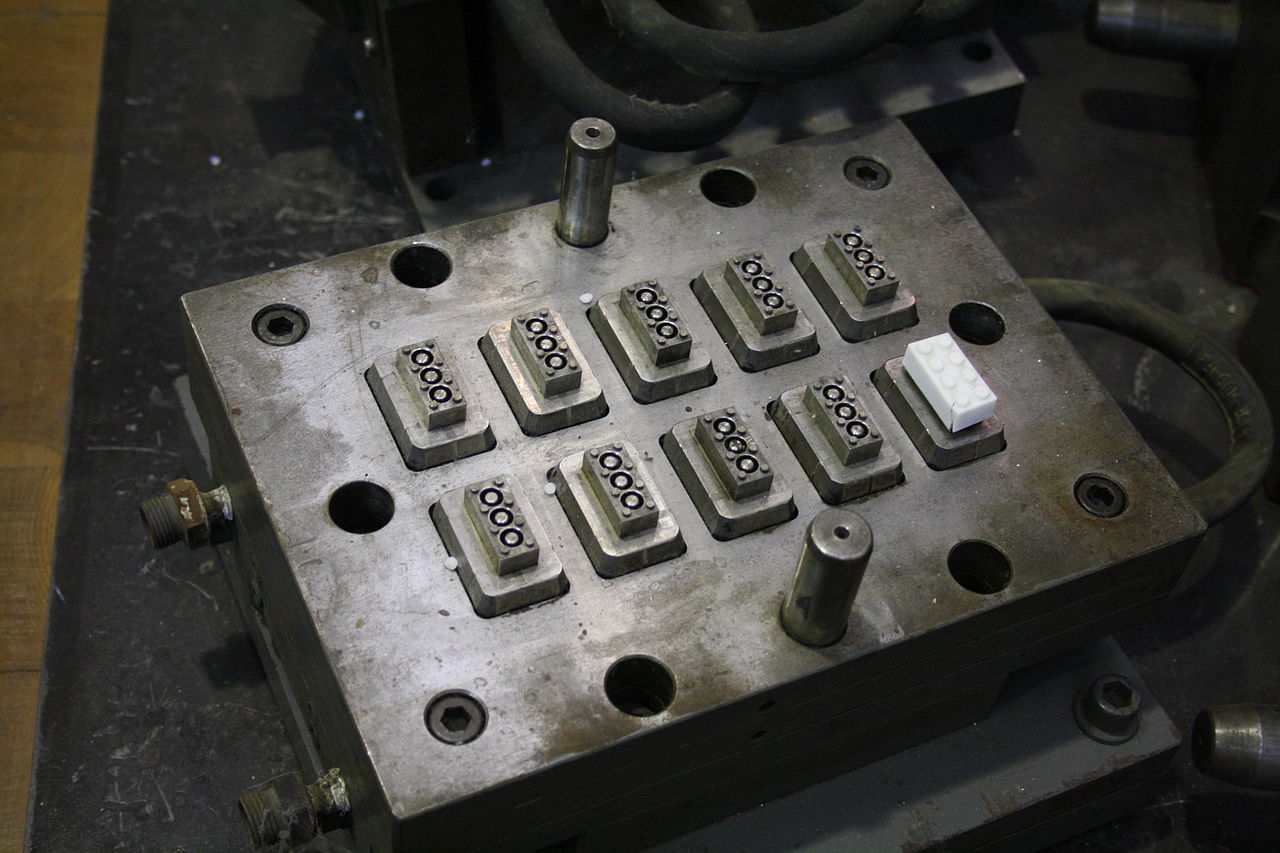It is common knowledge that a custom injection mold that is used to make plastic injection parts from vehicle bumpers all the way down to water bottles, are some of the most vital (and expensive) parts of the whole plastic injection molding process. In a lot of cases just one mold can set the user back hundreds of thousands of dollars, and this is JUST for the mold without any running costs and ongoing maintenance!
Despite these very expensive components being created out of hardened steel. Just the fact that they are being subjected to melted resins at extremely high temperatures being injected into them repeatedly, does take a toll on the material. The heat and pressure starts to wear and erode the surface of the moving components and cavities. The thermoplastic material can add to this by being sticky or abrasive, further damaging the surface by leaving residue behind and acting like sandpaper.
As even more abrasive material is being utilized more in the industry (composite fibers and long glass), the friction and abrasion occurring in an injection mold is only increasing. Therefore, molds are having an even harder time keeping their shape. It is because of this new development in the plastic injection molding industry that injection molders have begun to look for a solution. They have begun to use a few different coatings to protect the expensive mold and in turn reduce ongoing maintenance down the line as well. These new coatings, when used on the mold cavities and the sliding components inside of the mold, have one common goal when applied, to harden the surface of the steel to protect it against the increasing abuse that it has to withstand.
A simplified view of the plastic injection molding process. Source: Wikipedia
Reinforcing Products With Glass Fibers
In the automotive field, car manufacturers are always focusing on optimizing their design and reducing weight wherever possible. Due to this, they have begun using glass fibers to reinforce many of the parts where they have determined that weight saving is possible, including car bumpers. This means that bumpers are now being made with less material than ever before (we are not here to dive into the safety side of this today!).
Within a car bumper mold there are now higher temperatures and more pressure than ever before, more than 2-4 times than that of before in fact. The increased friction that this inevitably creates, also known as the shearing effect, can cause some polymers to become unstable during crystallization. To negate this, reinforced glass fibers are used to add strength to the part without increasing the overall weight too much. This results in a light, strong, part that has some flexibility to it.
When this method was first being trialed, short fibers were used. It was found that they did not make much difference when it came to affecting the crystallization. Another positive to the glass fibers was their slight abrasive nature actually removed residue on the internal cavities and had a slight cleaning effect. However, with the longer glass fibers their increased abrasivity can actually damage the mold’s cavities and can cause some issues. For situations like this when molding a car bumper or something similar, a nitriding process can be used to treat the heat to increase its surface hardness. Nitriding is a heat treatment process that includes plasma, electricity, and hydrogen that generates a diffusion layer on the surface of the metal. As this is obviously not a coating, another benefit is that it doesn’t affect the tolerances of the mold.
PVD Coatings for Moving Parts and Cavities
For cavities within injection molds, moving and sliding components within the mold, and fixed parts like guide pillars and sleeves, can all be coated with a carbon-based Physical Vapor Deposition (PVD) coating. This is meant to prevent any wear or damage sustained during the injection mold process. It extends the lifespan, reduces the number of repairs, and actually increases the performance of the mold itself.
These carbon-based coatings, which could be BALINIT TRITON, BALINIT DYLYN, or BALINIT C, are extremely thin (around two to three microns) and form an extremely hard layer to protect the surface of the cavities and components. The major advantage of these PVD coatings is that the wear resistance of uncoated steel can be increased. All PVD coatings will be harder than the steel over which they will be poured, this wear resistance and hardness is very effective against the reinforced glass resins and corrosive gases, which are emitted by polymers like PVC.
Another reason that PVD coatings have seen such a rise in popularity among injection molders is because of its lubricity. This gives a sliding wear resistance for parts like ejector pins, which protects them from corrosion and seizure. It also promotes the flow of plastic, letting the mold fill up faster without the use of any other lubricants and/or release agents. All of these advantages result in a much higher quality end product.
As external lubricants aren’t needed, minimal grease is also used, which then reduces the amount of cleaning needed, which means machines don’t have to be down as much for cleaning. Maintenance cannot be eliminated altogether, but the frequency with which the machines have to be shut down can definitely be lowered with these techniques. As for which coating to use for which mold, that decision is made when the mold is designed, and the ideal coating is selected that will give the best results for performance, maintenance, and durability.
So what do you think of these new techniques for improving the performance and lifespan of plastic injection molds? If you have anything to add or have experience in this field, we would love to hear your thoughts in the comments below! For more of the same content, you can view our blog here.


